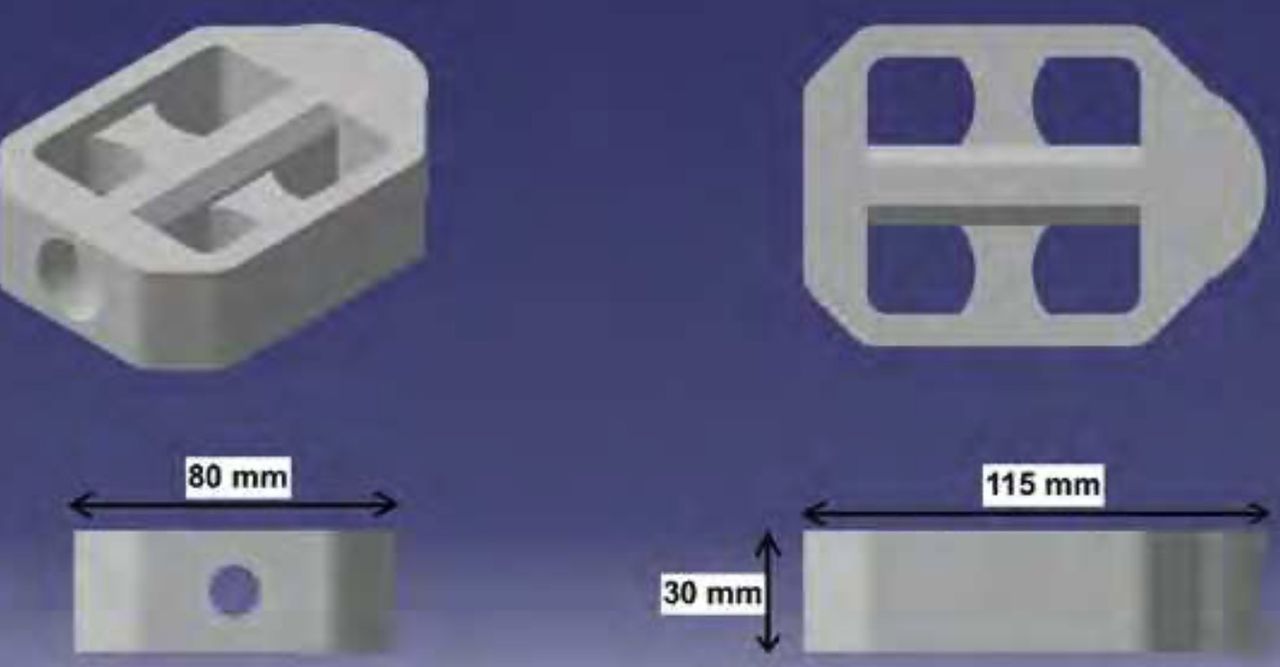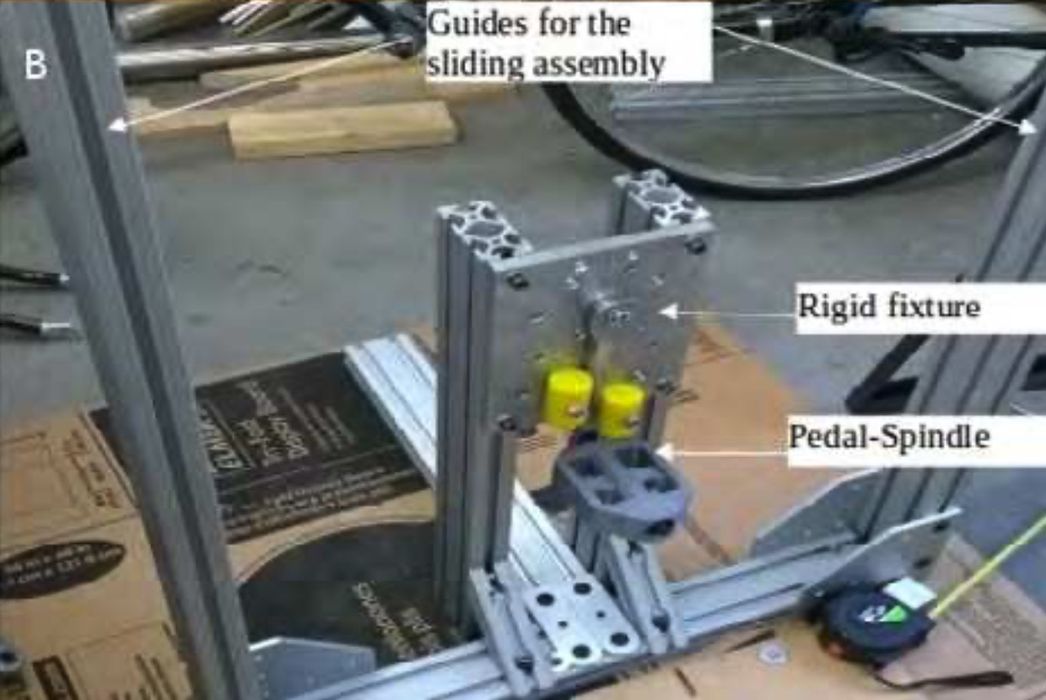
Researchers at Michigan Technological University have been testing whether it’s feasible to 3D print key bicycle parts using common PLA material.
PLA is by far the most frequently used material in the millions of desktop FFF 3D printers these days, even though it may not be the “best” material for a variety of reasons.
While PLA is strong, it is also brittle, and it has rather poor temperature resistance, as it begins to sag at only 60C. While it is made from sustainable source materials and can be recycled, it does not biodegrade on its own and requires highly specialized equipment for disposal.
It’s straightforward to 3D print PLA parts for bicycles that don’t undergo notable mechanical stress. For example, a 3D printed rear reflector holder would not generate any question about functionality. However, that question does arise when we’re talking about mechanically-stressed bicycle parts.
For this paper, the researchers chose to test bicycle pedals, which certainly take quite a bit of abuse when in operation. Specifically, they used the popular “Black Mamba” pedal design, shown at top.
The goal was to see if the 3D printed PLA pedal would be able to pass the CEN tests. CEN is the European Committee for Standardisation), and the standard is designed for racing bicycles and includes tests for strength, impact and durability.
The pedal was 3D printed on a LulzBot TAZ 4 3D printer, and sliced with Ultimaker Cura. Of interest in this research are the print parameters.
The researchers chose to use 50% infill (cubic grid pattern) for the pedal, which makes sense to increase strength. They also ensured the outer shell of the pedal was 1mm thick to provide structural strength. The pedal’s weight after printing and post processing was 111g.

The tests surprisingly don’t involve using the pedal on a bicycle, but instead rely on very specific mechanical bench top testing using standard test equipment. For example, the CEN static strength test requires the part to withstand a vertical force of 1500N, which is quite a significant load.
In this test, however, the researchers doubled the load to an astonishing 3000N! This force is applied to the pedal to compress the crankshaft-pedal-spindle configuration, just as it would appear on an actual bicycle.
The impact test from CEN requires a mass of 15kg be dropped directly on the pedal from a height of 400mm, and a pass occurs when no fractures are observed.
The durability test involves spinning the pedal around the spindle 100,000 times at 100 RPM, with a mass of 65kg suspended. However, the test that took place used 300,000 revolutions with a weight of 75kg.
I’m sure you’ll agree these are pretty significant tests, and any poorly made pedal would almost certainly fail.
What did they find? It turned out that the pedals survived each and every CEN test, making the concept of a 3D printed PLA pedal “certified” as feasible.
If the 3D printed Black Mamba pedal is certifiable, then it can be actually used by riders. In regions where incomes are low, bicycles are frequently used as day-to-day transportation, and pedals are one of the first items to fail.
By demonstrating the feasibility of PLA bicycle pedals, it is now reasonable for riders in these regions to replace broken pedals with 3D printed PLA versions at a far lower cost than regular pedals.
3D printing will keep more bicycles on the road.
Via Academia (PDF)
